
Teaching Philosophy:
Nurturing Voice through Art: How to Heal
The mental roadblock of proclaiming oneself an artist is profound to the individual, and simultaneously the ‘death of an artist’ is a tragedy whereas an individual decides that pursuing the arts does not meet their internalized societal pressures of productivity or the know-how to proceed past the grim ultimatum that Lowenfeld gives us. Such an ultimatum is the measured quantitative leaps a child makes towards the goal of realism/naturalism in the arts and from there the child is left to measure themselves against the institutions, their peers, and their own relationship with art. This model inherently rewards those who dedicate time towards their craft, but when the time allotted to commit to an act of art is fleeting in contemporary life, art education can’t ignore this glaring fact. To circumvent this the art classroom becomes a sanctuary of time in which expression and process through accessible means (ably, financially, and contextually) become the foremost priority from which the student assumes the role of the artist by assuming the mindset of an artist through their own definition.
The teacher’s role within this sanctuary is to both be an impressionist ideal of the flâneur within the community and advocate for the student’s use of ‘time’ in their classroom through means of letting the classroom spill out into the community. This involves communicating with local stakeholders to create community works, displays, and workshops that not only assert art as an indicator of valuable identity to supplement the unique values of the community, but also to engage the community to these concepts presented in the classroom. The definition of community outreach should extend passed student exhibition/pop-up workshops and instead expand to include non-time specific ventures that are interactive and allow for formative additions to be made once on display. This encourages opportunistic play-based learning like a simple set of student-designed/arranged rocks in a public display where community members and students alike can arrange and add to the work, to create land art compositions in space that brighten the psychogeographic aura of the space. In times where the social isolation epidemic has ravaged communities’ areas of play and sense of unity the art room provides the answer to rebuilding these core concepts of geographic community through this community outreach tact, and ultimately garnering understanding/literacy of the arts.
In the classroom, direction is curated from student-centered Vygotsky input/interests but also, showcasing contemporary/socially relevant artists, and working within renewable/recycled/accessible means like environmentally conscious art. This fluid direction allows students to apply themselves to art conversation through observing their environment, other perspectives, and their own intuition, and thinking about these things artistically like in TAB. This dynamic acknowledges students physical/social struggles in a post-distance learning world utilizing trauma-informed teaching to allow students to recognize they are artists even if they don’t achieve traditional definitions of technical feats in art like that of western realism.
Curating digital/physical resources for students and allowing access to them allows tangible ways educators to nurture students’ art ambitions in and out of instruction time. Ultimately focusing on expression in a sanctuary-like environment and working with accessible means, students will be able to utilize even small amounts of time to justify art as a personal healing and collective healing tool. Art should be accessible to all students regardless of medium and time because art is microphone and healing device from which the students will shape themselves and their world from.



